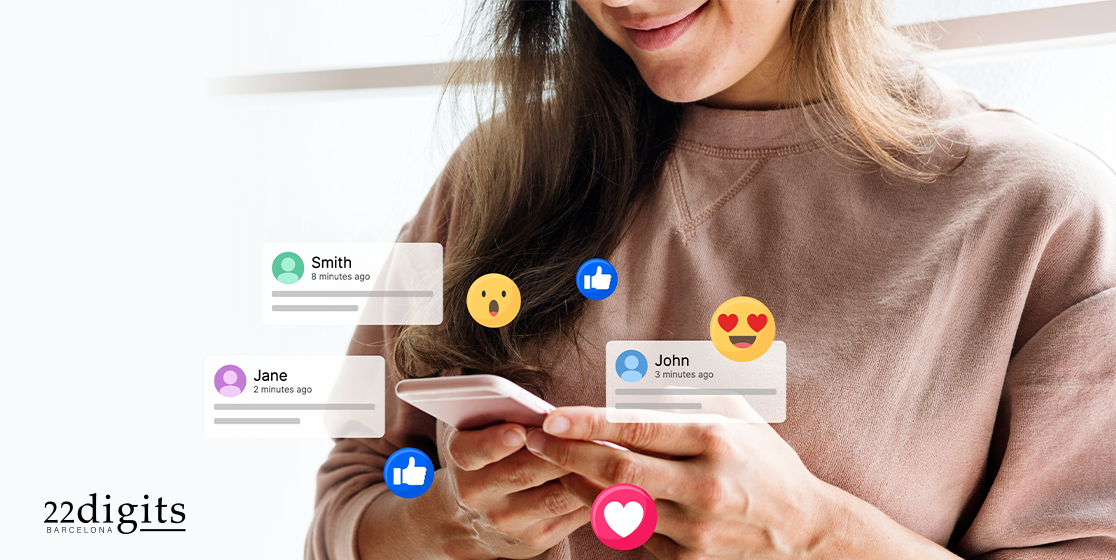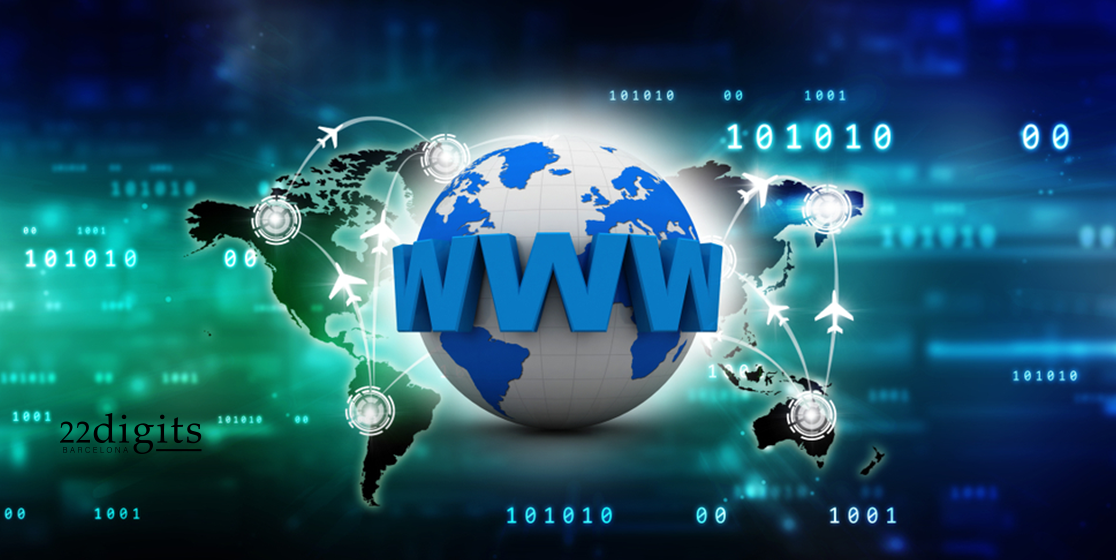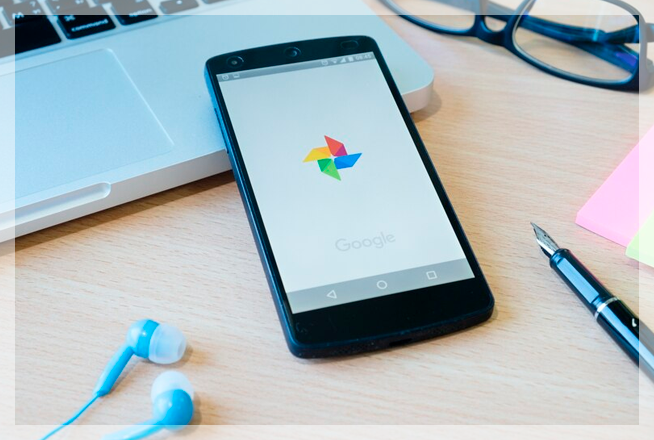INBOUND MARKETING: the natural way to attract customers in the digital age
We’ve all experienced Inbound Marketing without realizing it. When you watch a tutorial, read an article, or scroll through videos about something you love, you’re engaging with marketing that attracts instead of interrupts. That’s the essence of modern marketing: don’t chase customers — inspire them to come to you. This article explains what Inbound Marketing really is, how it works, and why it’s one of the most powerful strategies for building loyal, long-term customer relationships.

From interruption to attraction
For decades, traditional advertising relied on interruption — TV commercials, radio spots, banners, cold calls.
Inbound Marketing, popularized by HubSpot in the mid-2000s, emerged as a smarter, more human alternative: attracting audiences through valuable, relevant content instead of intrusive ads.
Inbound builds trust. People no longer want to be sold to; they want to be helped, informed, and inspired.
The four pillars of Inbound Marketing
???? 1. Attract
Create useful, optimized content (SEO, blogs, videos, social media) to draw your ideal audience.
In my case, as a sewing enthusiast, I often watch videos on how to sew small pieces or improve techniques. Those videos lead me to discover fabrics, accessories, and tools that I end up buying — that’s Inbound Marketing in action.
???? 2. Convert
Turn visitors into leads through forms, downloads, or newsletters.
It’s about starting a relationship before making a sale.
???? 3. Close
With tools like CRM and email automation, leads become paying customers.
Here, Smarketing (Sales + Marketing) ensures alignment to close the customer loop.
???? 4. Delight
After the sale, the goal is to delight customers through personalized content and great service — turning them into brand advocates.
Real-life examples: when content drives purchase naturally.
Watching a sewing tutorial might not seem like a sales funnel, but when you trust the creator and find value in their content, you might follow their product links or buy similar materials.
That’s the magic of Inbound — no pressure, no interruption, just authentic connection.
Key benefits of Inbound Marketing
- Builds organic, sustainable traffic
- Increases brand authority and trust
- Creates lasting customer relationships
- Lowers cost per lead in the long term
- Improves conversion quality
Inbound Marketing focuses on connection, not conversion pressure.
The new era: AI and personalization
Today, Inbound Marketing blends with AI and marketing automation, allowing brands to deliver personalized experiences based on user data and behavior.
The new goal is simple:
“Don’t sell more — make your customers want to buy from you.”
How to start your Inbound Marketing strategy
- Define your buyer persona
- Create valuable content
- Optimize for SEO
- Use automation and CRM tools
- Analyze, learn, and improve continuously
Conclusion
Inbound Marketing is not just a technique — it’s a philosophy of connection.
It’s about helping, not pushing. Inspiring, not interrupting.
And as we’ve seen, we all experience it — every time content makes us act, engage, or buy naturally.
FAQ
1. Does Inbound work in any industry?
Yes — especially where customers seek information before buying.
2. How long does it take to see results?
Typically between 3 and 6 months.
3. What tools help implement it?
HubSpot, ActiveCampaign, Mailchimp, or any marketing automation platform.
Other entries in the Blog about Digital marketing

FROM LOCAL TO GLOBAL: A MULTILINGUAL WEBSITE

HOW TO ADAPT YOUR SEO STRATEGY TO AI & LANGUAGE MODELS

WHAT IS SEO: 5 TRICKS FOR AN ARTICLE

ADVANTAGES OF NEWSLETTERS

STEPS TO INCREASE YOUR CUSTOMER DATABASE

HAVE YOU HEARD ABOUT EEAT? Some ideas and examples for your business

Guide to organize an exhibition
